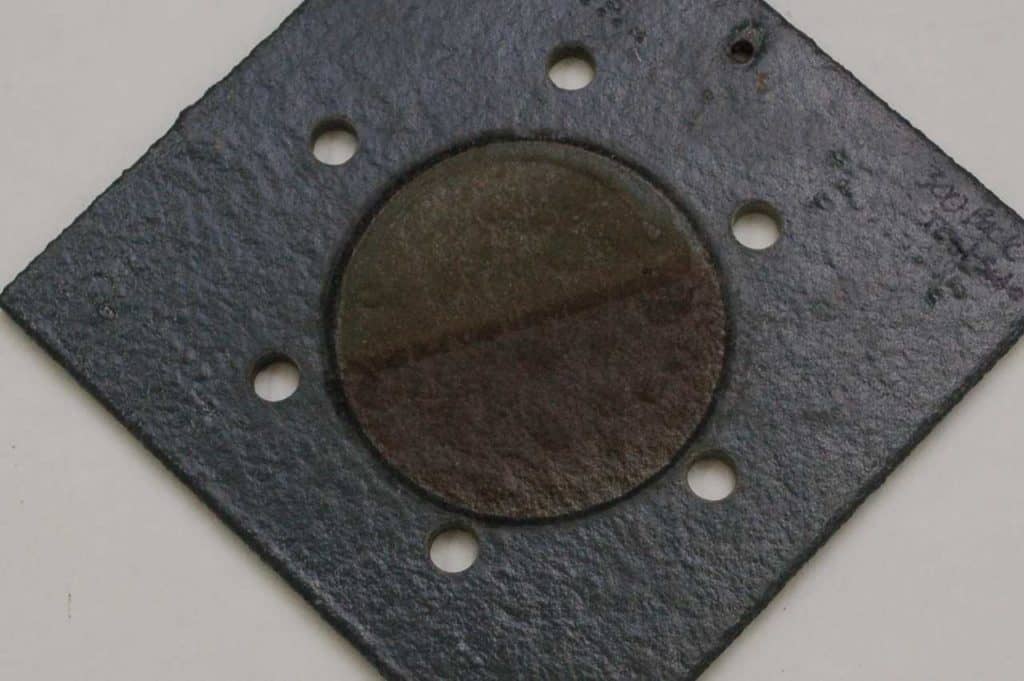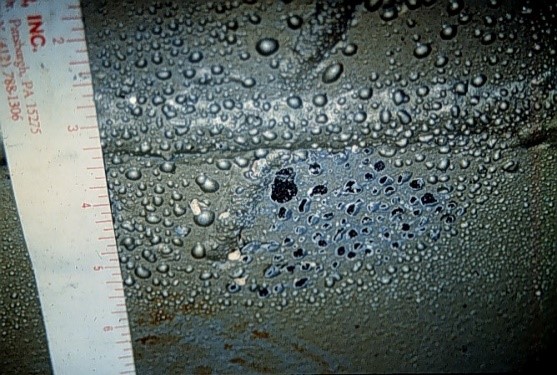Using SSPC-PA 2 Appendix 7 to Determine Conformance to Dry Coating Thickness Requirements on Steel Pipeline Exterior Surfaces
Pipelines have become one of the most efficient means of transporting liquids and gas safely from point of origin to point of use. According to the Bureau of Transportation Statistics, the United States has over 218,387 miles of oil pipelines and over 1,626,959 miles of gas pipelines. The American Society of Civil Engineers (ASCE) indicates […]









